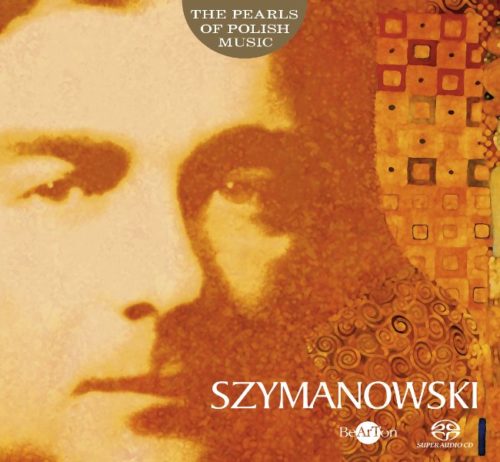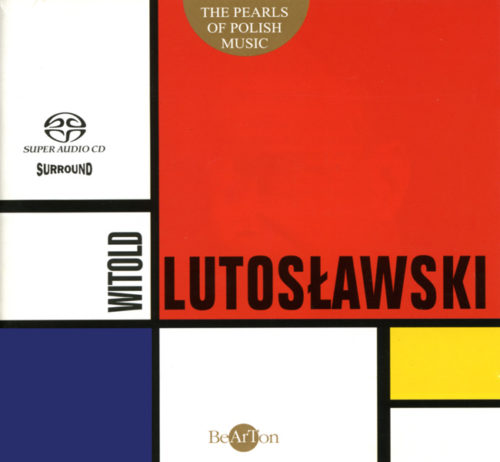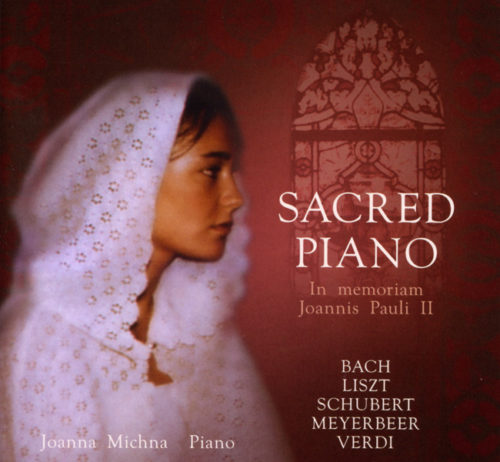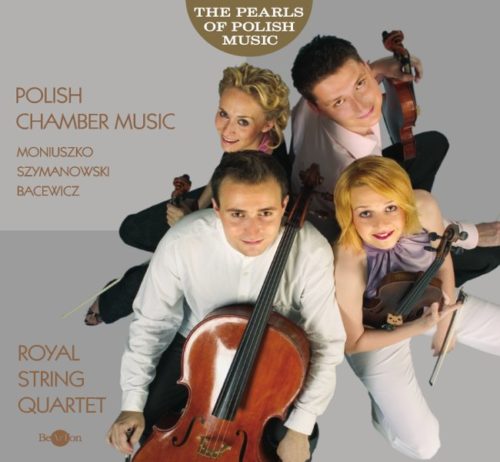[B]
The first CD of Series B, and the second of Polonaises in the National Edition phonographic cycle, contains ten so-called ‘Warsaw’ polonaises. They were written in Chopin’s youth. The other group of polonaises was composed in later periods and published during Chopin’s lifetime. Taken together, these works give a good cross-section of the composer’s entire oeuvre, from the Polonaise in B flat major (WN-National Edition 1), Chopin’s first preserved compositional attempt, to the Polonaise – Fantasy Op. 61, which crowned the last period of the composer’s career.
Chopin wrote his first polonaise at the age of six or seven. As a genre, the polonaise already had a history of over a century and its beginnings can be traced to an even more distant past.
Rooted in the folk chodzony (walking) dance, the polonaise developed towards the end of the seventeenth century as a social dance. It gained popularity in the mansions of the landed gentry and later in magnates’ palaces, where it most probably received its French-sounding name ‘polonaise’. Initially, it was used alongside the name polski (Polish), but with the passing of time it gained ground in the Polish language and was used even when the dance acquired the status of a patriotic symbol. From the eighteenth century onwards, the polonaise became very popular also in Western Europe, albeit undergoing a certain deformation in the process. In its many stylizations, which came from the hands of French and German composers, the rhythm of the Polish dance was tangibly simplified. Its characteristic cadential formula was diluted. It was also deprived of its characteristic elegance and vigour. The thematic catalogue compiled by Stefan Burhardt (1976) contains several hundred polonaises dating from the pre-Chopin period. They include highly interesting pieces by Johann Sebastian Bach and his son Wilhelm Friedemann, Telemann, Beethoven, Hummel and, primarily, Carl Maria Weber. All of them, however, are alien to the Polish polonaise tradition which was developed by such composers as Jan Stefani, Józef Damse, Józef Elsner, Karol Kurpiński, Józef Deszczyński, Feliks Ostrowski, Maria Szymanowska and Michal Kleofas Ogiński. It was Ogiński who gave the polonaise its stylized artistic form. In terms of compositional standards, however, his polonaises were inferior to the works by the most outstanding 18th-century composers. Despite this, they played an important role in Poland, gaining tremendous popularity and giving rise to a strand of compositions in the character and rhythm of a polonaise.
The seven-year-old Chopin joined this strand with the two polonaises written in 1817. The first one, in B flat major (WN-National Edition 1), was most probably dictated by Fryderyk to Józef Elsner, who wrote it down. The second one, in G minor (WN-National Edition 2), was Chopin’s first published piece (by Father J. J. Cybulski). It was dedicated to Wiktoria Skarbek and subsequently to Jan Białobłocki. In April 1821, Chopin composed his third polonaise, in A flat major (WN-National Edition 3), with a dedication to his teacher Wojciech Żywny.
All these pieces are the work of a child who took the simple pattern of a functional dance as his model. On the face of it, all their elements are conventional – the characteristic rhythmic motifs in both hands, the melodic formulas, the cadenzas and the overall structure based on the da capo dance pattern with a trio. This type of polonaises came from the hands of both Kurpiński and Ogiński. In fact, the Polonaise in B flat major betrays the traces of other composers’ styles. And yet, despite the use of conventional patterns and borrowings, the three polonaises are renowned for their simplicity and freshness and exhibit the harbingers of considerable talent, artistic sensitivity and even genius. Had they been written by Ogiński, they would have been included among his finest compositions. The inevitable comparison to Mozart favours the seven-year-old Chopin. As regards the range of textures and pianistic devices, Chopin, thanks to his extraordinary skills as a performer, surpassed Mozart when he himself was seven and perhaps even when he was slightly older. The spectacular arpeggio following the introduction and the ‘showy” crossing of the hands in the Polonaise in G minor and the ornamental passage rounding off the theme in the Polonaise in B flat are excellent examples.
The next group of six polonaises comes from the 1824-1830 period and shows the influences of two traditions, the sentimental one rooted in the music of M. K. Ogiński and M. Szymanowska, and the virtuoso one harking back to C. M. Weber and composers exploring the brillant style.
In comparison to the earlier polonaises, the harmonic language of the Polonaise in G sharp minor, written in 1824 (WN-National Edition 5), is more refined. The diversification of ornamentation and the use of high registers seem to indicate that Chopin had studied the compositions of Hummel and other representatives of style brillant. The work also has a new expressive flavour, substantially different from the somewhat superficial virtuosity of the Polonaise in A flat major, which was composed at the age of eleven. The pianistic devices and figuration are a vehicle for the composer’s lyrical emotions.

![Chopin – Polonezy [B] CDB037 Chopin – Polonezy [B] CDB037](https://www.bearton.pl/wp-content/uploads/Chopin-Polonezy-B-CDB037-A.jpg)
![Chopin – Polonezy [B] CDB037 Chopin – Polonezy [B] CDB037](https://www.bearton.pl/wp-content/uploads/Chopin-Polonezy-B-CDB037-R.jpg)


![Chopin - Mazurki i inne utwory [B] CDB038](https://www.bearton.pl/wp-content/uploads/Chopin-Mazurki-i-inne-utwory-B-CDB038-A-500x462.jpg)





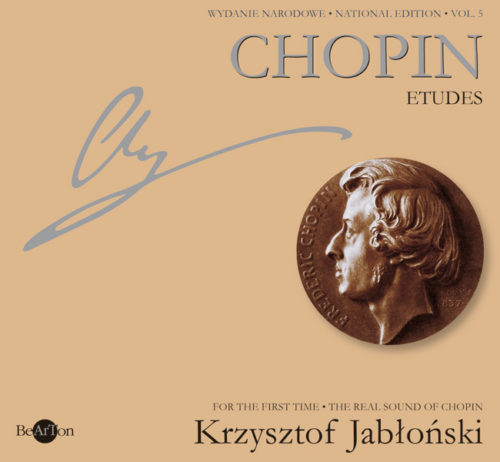
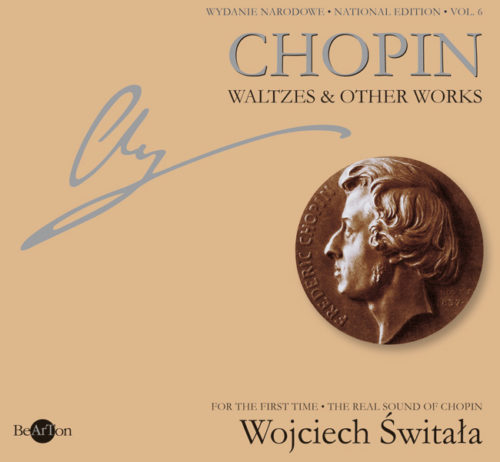






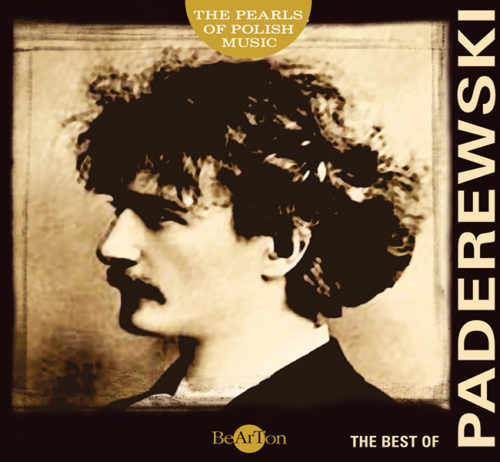
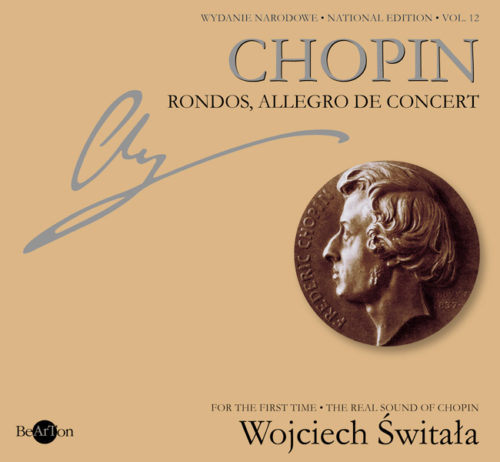


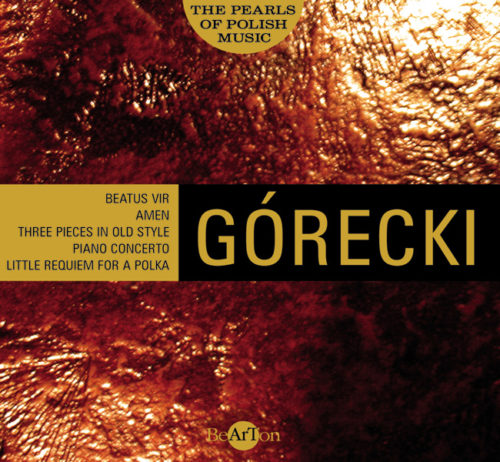


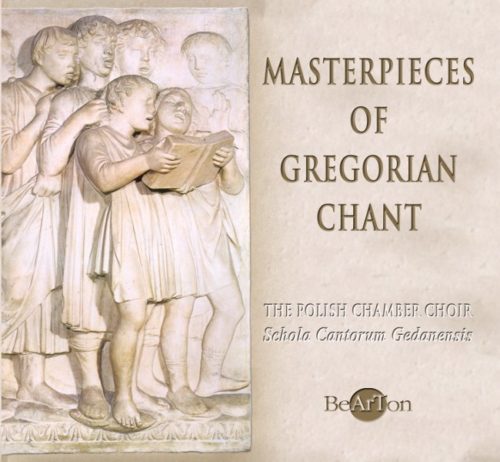
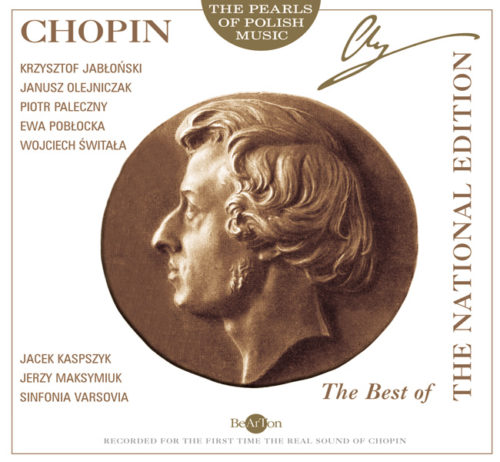
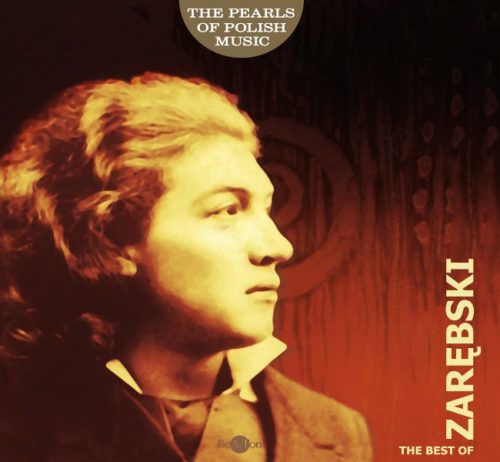

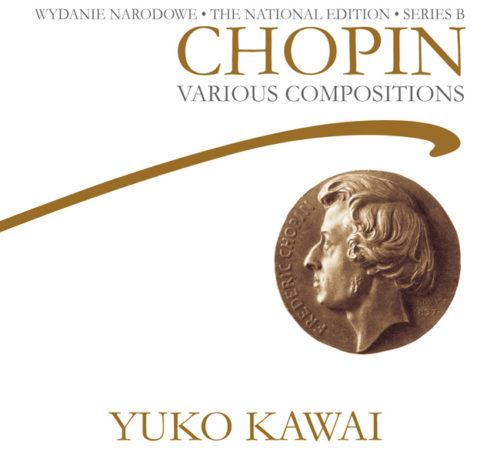

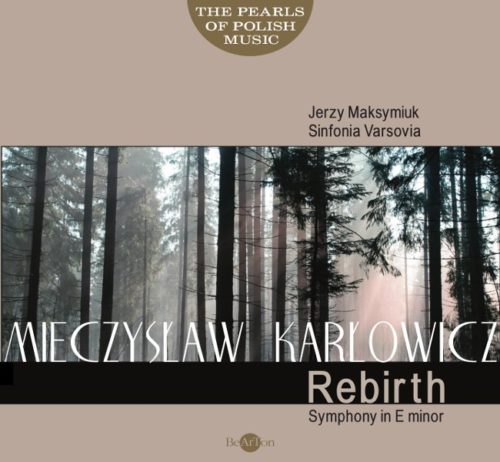



![Chopin – Pieśni [B] CDB046](https://www.bearton.pl/wp-content/uploads/Chopin-Piesni-CDB046-A-500x462.jpg)
![Chopin – Walce [B] i inne utwory CDB047](https://www.bearton.pl/wp-content/uploads/Chopin-Walce-B-i-inne-utwory-CDB047-A-500x462.jpg)



